Optimal Timing for Drainage Service
Drainage service is most effective when performed during periods of moderate weather, typically in late spring or early fall. These times allow for optimal access and reduce the risk of weather-related delays. Regular maintenance during these periods helps prevent blockages and water accumulation that can lead to property damage.
Performing drainage service in spring ensures that accumulated debris from winter is cleared, reducing the risk of clogs during the rainy season.
Scheduling drainage service in fall helps prepare drainage systems for winter, preventing ice buildup and water damage.
After heavy storms, drainage systems should be inspected to identify and address any blockages or damage caused by high water flow.
Regular inspections throughout the year can maintain optimal drainage performance and prevent costly repairs.

Visual assessment of drainage components to identify potential issues.
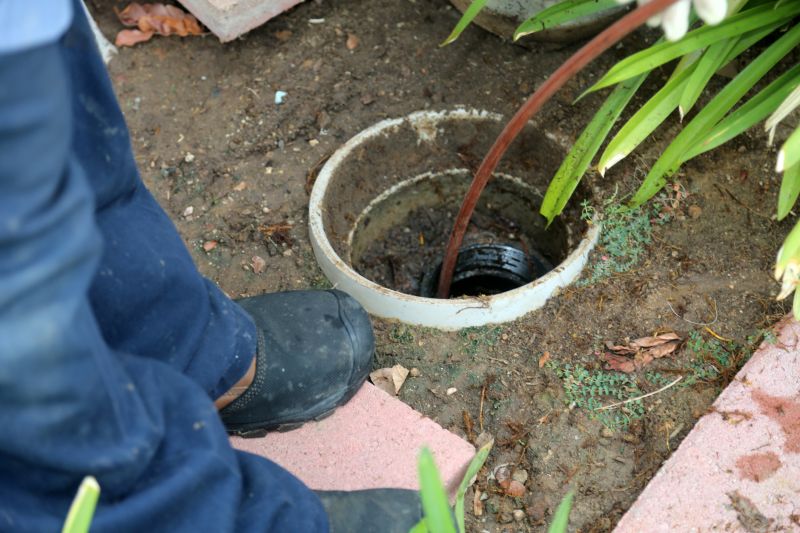
Removing debris and blockages from drains and gutters.
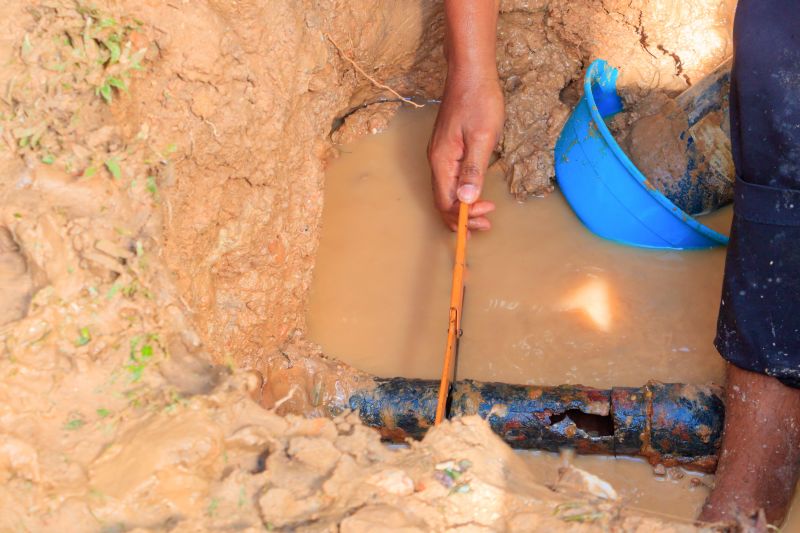
Fixing damaged or cracked drainage pipes.
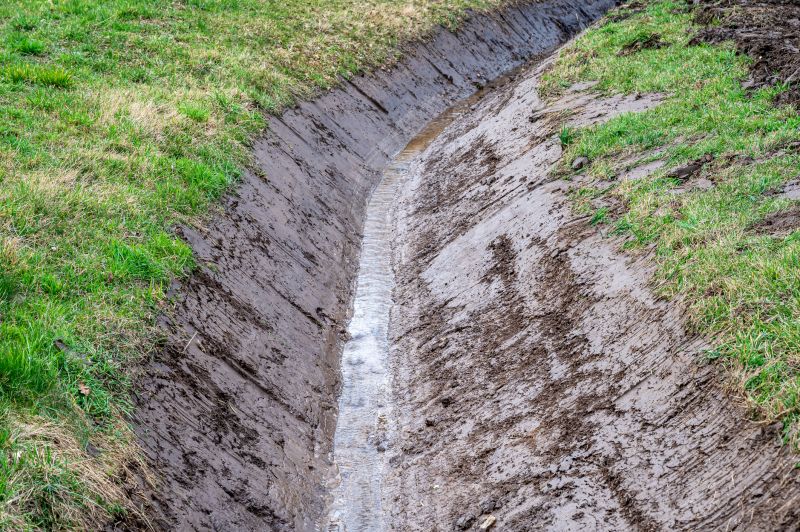
Ensuring proper slope for effective water runoff.

Ways to make Drainage Service work in tight or awkward layouts.
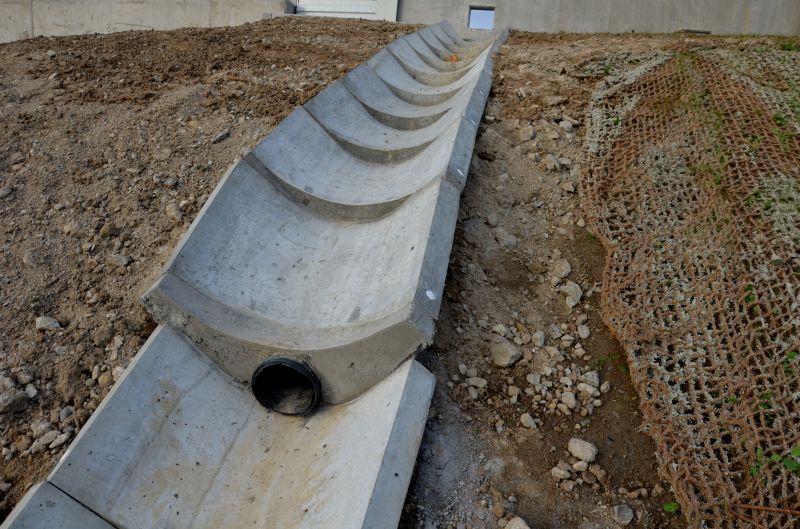
Popular materials for Drainage Service and why they hold up over time.
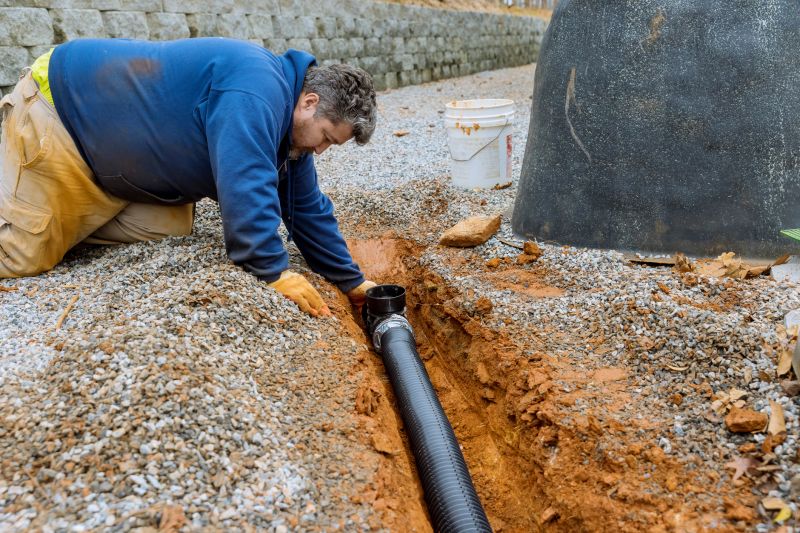
Simple add-ons that improve Drainage Service without blowing the budget.
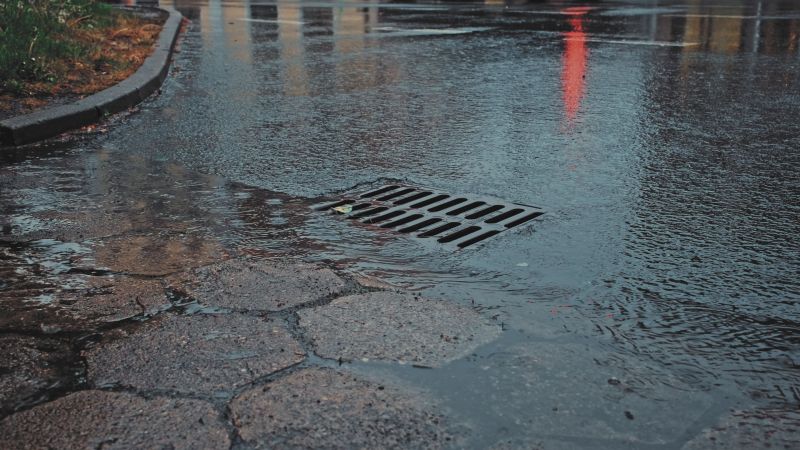
High-end options that actually feel worth it for Drainage Service.
| Season | Best Drainage Service Timing |
|---|---|
| Spring | Ideal for clearing winter debris and preparing for rainy months. |
| Summer | Suitable for routine inspections and minor repairs. |
| Fall | Prepares drainage systems for winter and heavy rain. |
| Winter | Limited access; focus on emergency repairs if necessary. |
| Post-Storm | Immediate inspection after heavy rain or storms. |
| Pre-Winter | Ensures systems are ready for snowmelt and freezing temperatures. |
Drainage service involves a comprehensive approach to maintaining effective water management around properties. Proper drainage systems prevent water accumulation, reduce erosion, and protect foundations from water damage. Techniques include cleaning gutters, inspecting and repairing pipes, grading land for proper slope, and installing or maintaining drainage structures such as catch basins and French drains. Regular service can extend the lifespan of drainage infrastructure and minimize the risk of costly repairs caused by water intrusion or flooding.
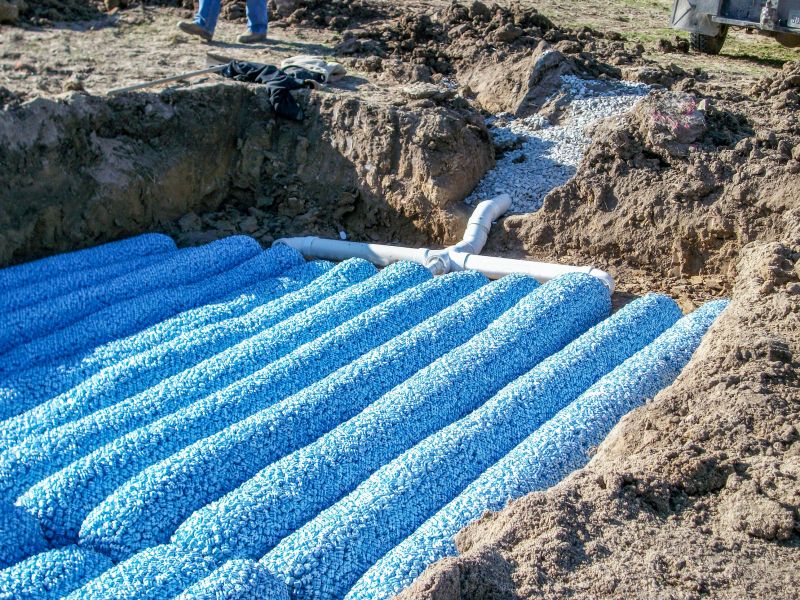
Routine upkeep to ensure proper water flow.

Removing debris from stormwater inlets and outlets.
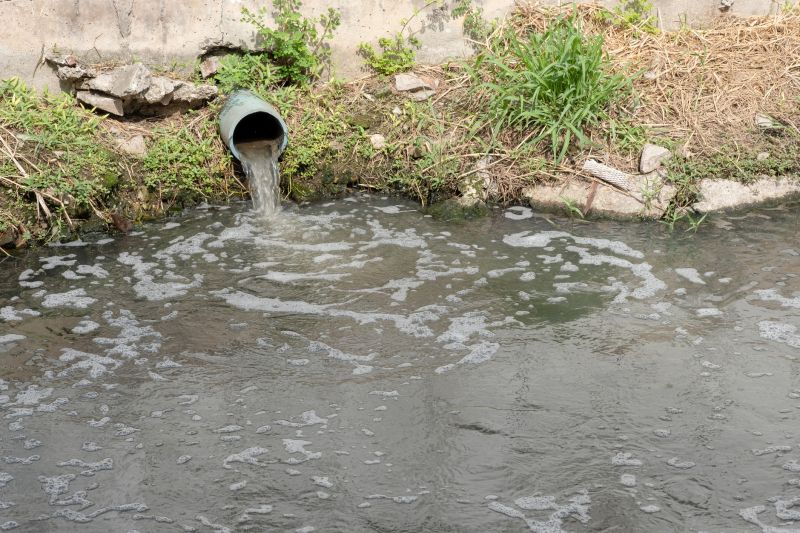
Implementing measures to prevent soil erosion caused by water runoff.
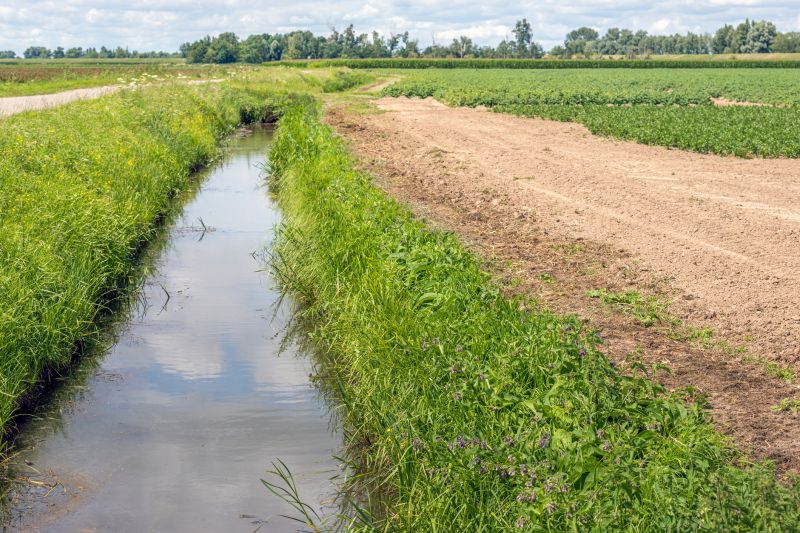
Adjusting land slope to facilitate proper drainage.

Finishes and colors that play nicely with Drainage Service.

Little measurements that prevent headaches on Drainage Service day.

A 60-second routine that keeps Drainage Service looking new.

A frequent mistake in Drainage Service and how to dodge it.
It is recommended to inspect drainage systems at least twice a year, during spring and fall, and after heavy storms.
Signs include pooling water, soggy ground, erosion, or water backing up in drains.
Yes, poor drainage can lead to foundation damage, basement flooding, and landscape erosion.
Professional service ensures thorough inspection, proper repairs, and long-term performance.
